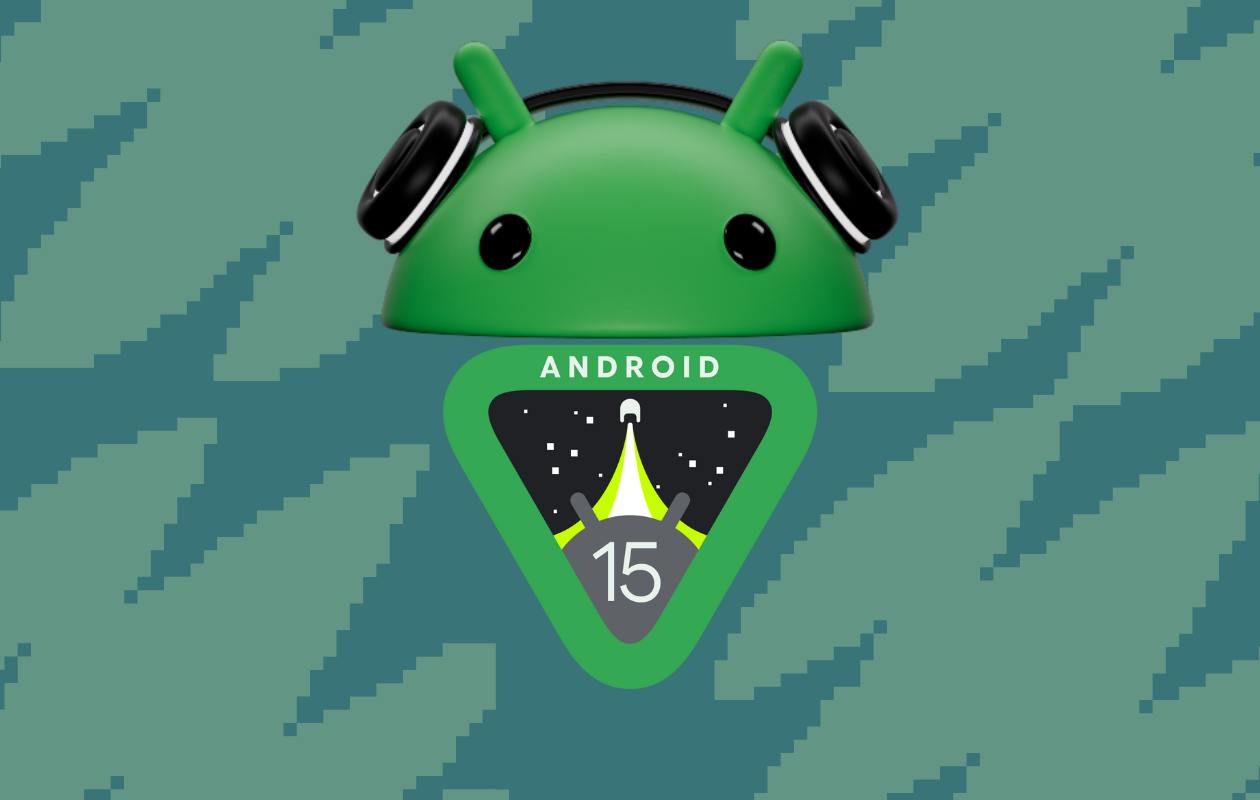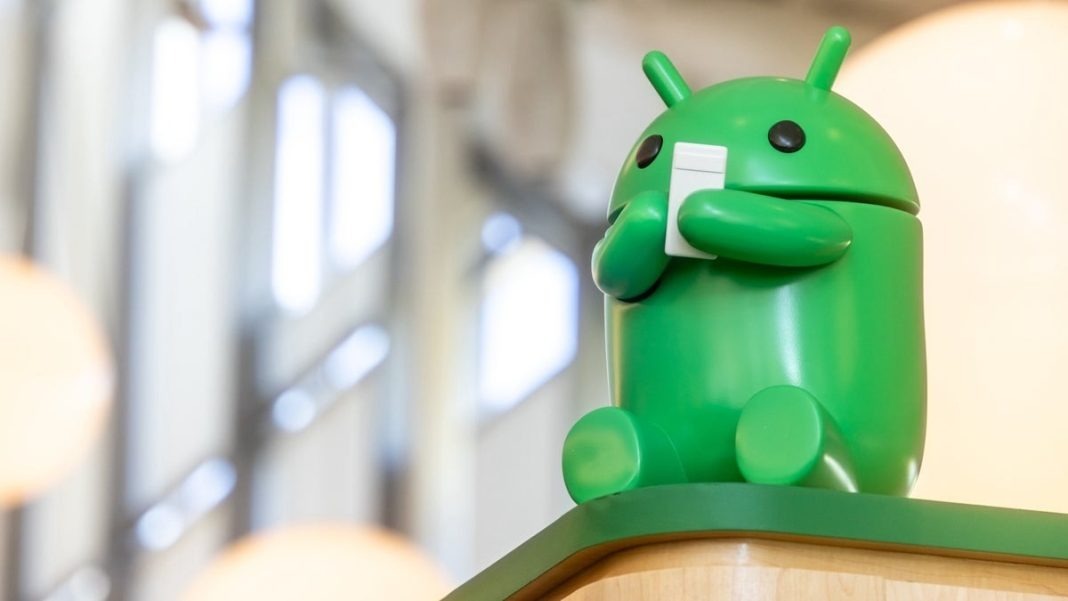Android
Google launches Android 15 with new privacy features and design tweaks for Pixel devices

Google has officially launched Android 15 for Pixel devices after a series of previews and beta versions. This release brings a mix of new features and enhancements, with a focus on privacy, app management, and design improvements. Android 15 is also being released alongside the October 2024 Pixel Feature Drop, adding to its significance.
Key Feature: Private Space for Apps
One of the standout features of Android 15 is the introduction of a Private Space for apps. This hidden area allows users to store sensitive apps and data securely. During the setup process, users can choose whether to sign in with a separate Google Account and can create a unique lock (PIN, password, or biometric) for this space. Once configured, the “Private” section appears at the bottom of the app drawer, though users can hide it and access it by searching for “Private Space.”
By default, certain apps like Camera, Chrome, Contacts, Files (for sideloading apps), Photos, Pixel Buds, and the Play Store are included. The feature ensures that apps within the Private Space are hidden from multitasking views, notifications, and other parts of the system.
Enhanced Security and Anti-Theft Features
Android 15 strengthens security with improvements to Theft Detection and remote lock capabilities. Users are required to authenticate via PIN, password, or biometrics before making changes to sensitive settings, such as removing the SIM card or modifying Find My Device options. If multiple login attempts fail, the device will lock, preventing unauthorized access. The Factory Reset Protection has also been improved, making it harder for thieves to reset the device without the Google Account password.
Later in 2024, users will be able to opt into Identity Check, which adds another layer of biometric authentication when accessing critical Google accounts or device settings.
Improved User Experience: Predictive Back and App Changes
Android 15 introduces Predictive Back, which provides a preview of the homescreen when you attempt to exit an app. This feature helps prevent accidental closures by shrinking the app window to confirm you want to leave. Initially introduced in Android 13, it’s now enabled by default.
For apps targeting Android 15, Google has made edge-to-edge design the standard, with the status bar and navigation gestures becoming transparent.
The screenshot and text copy preview have also been redesigned, now featuring a pill-shaped container with rounded buttons for actions like Share, Markup, and Capture More.
Personalized Customization Options
Android 15 offers new ways to customize the device, especially for Pixel users. The screen saver has been updated to display Home Controls when the device is charging, a feature that benefits the Pixel Tablet and smartphones alike.
The Quick Settings panel has also been redesigned with a new look for volume controls. There are larger sliders for Media, Call, Ring, Notification, and Alarm, and an updated output switcher at the top. Additionally, Adaptive Vibration adjusts the haptic feedback intensity based on the environment, making use of sensors and the microphone.
The Pixel Launcher now includes the option to display long app names without cutting them off. It also allows users to disable app suggestions more easily.
New Widget and Wallpaper Features
The widget picker has been updated with a carousel that highlights suggested widgets, such as Essentials and News. Now, users can add widgets directly to the homescreen with a simple tap.
In Wallpaper & Style, a new Color Contrast page offers three options: Default, Medium, and High contrast. Android 15’s wallpaper picker distinguishes better between Lock and Home screens with a card-based UI, making it easier to preview and adjust wallpapers.
Taskbar and App Pairing on Foldables
Foldable devices and tablets benefit from a persistent Taskbar, which can remain visible even when apps are open. Users can also save app pairs to the homescreen for quick access to commonly used split-screen apps. This feature is also available for phones.
Improved Bluetooth Management and Diagnostics
By default, Android 15 now includes a setting where Bluetooth will automatically turn back on the next day if it’s disabled. Users can change this behavior in the Connected Devices settings.
Pixel users also get access to new Device Diagnostics, allowing them to check component health such as display and battery status, along with storage information.
App Archiving and Security Settings Overhaul
A new Archive feature allows users to temporarily remove apps without fully uninstalling them. Archived apps will appear grayed out with a cloud icon, making it easy to restore them later.
Additionally, the Security & Privacy settings have been reorganized for easier access, with a new section specifically for privacy controls and Private Space.
Other Key Updates
- The Network & Internet section includes a new toggle for sending the device name.
- Volume sliders have been revamped with larger, customizable controls.
- A new Hearing Devices Quick Settings tile has been added for accessibility.
- System Storage has been split into “Android 15” and “Temporary system files” for clearer management.
Device Compatibility and Availability
Android 15 is rolling out now to the following Pixel devices: Pixel 6, Pixel 6 Pro, Pixel 6a, Pixel 7, Pixel 7 Pro, Pixel 7a, Pixel Tablet, Pixel Fold, Pixel 8, Pixel 8 Pro, Pixel 9 series, and more. Users can manually check for the update by going to Settings > System > System Update.
The Android Beta Program will continue to run for future updates, including QPRs and feature drops, but users can opt-out once they receive the stable version.
Conclusion
Android 15 introduces a balance of privacy, security, and customization improvements, making the experience smoother for Pixel users. With features like Private Space, enhanced security, improved user experience, and better design elements, this update brings meaningful changes while maintaining simplicity.
Android
Android 16 beta adds battery health info, Pixel Fold gets better at detecting opens and closes

Google has released the Android 16 Beta 1 update for Pixel phones, and it brings some helpful new features. One of the key additions is battery health information, which is now available in the settings. Pixel users can now see the battery’s manufacturing date, charge cycles, and overall health score. This can help people understand how well their battery is holding up over time. While this feature is currently hidden under developer options, it might be fully added in a future update.
At the same time, Google is also working to improve the Pixel Fold. With Android 16 Beta 1, there’s a new system that better detects when the phone is opened or closed. This new method uses the hinge angle to more accurately understand the device’s position. Unlike older systems that could be affected by software bugs or slow response times, this new one seems to be more reliable and faster.
These changes are important for people who use foldable phones like the Pixel Fold, as better hinge detection can lead to smoother app transitions and fewer bugs. And for all Pixel users, having detailed battery info can help with managing phone performance and deciding when it’s time for a battery replacement.
Overall, Android 16 Beta 1 focuses on giving users more control and smoother experiences, especially for those with foldables.
Android
Android 16 could bring colorful always-on display to Pixel phones

Google is working on Android 16, and it looks like the update could bring more color to the always-on display (AOD) feature on Pixel phones. Right now, the AOD mostly shows white text on a black screen. But a new setting found in the Android 16 Developer Preview hints at the ability to add colors to this display.
The new feature is called “AOD Preview,” and it includes a switch labeled “Color AOD.” While this setting doesn’t work yet, it suggests that Google might be planning to show colorful content even when the screen is in low-power mode.
This change could make AOD look more lively, maybe by adding color to the clock, notifications, or wallpaper. So far, it’s not clear exactly what will change or how customizable it will be, but the feature seems to be in early testing.
Samsung already has more colorful AOD options on its Galaxy devices, so this update could help Pixel phones catch up. Google often introduces new features first on Pixel devices before making them available to other Android phones.
Android 16 is still being developed, and many features are not ready yet. But if Color AOD becomes part of the final release, Pixel users could get a more vibrant and useful always-on display in the near future.
Android
Android adds quick shortcuts for do not disturb and video call effects

Google is testing two new shortcuts in Android that make it easier to control common features: Do Not Disturb mode and video call effects. These shortcuts are being added to the Android Quick Settings panel, which is the area you see when you swipe down from the top of your screen.
The first new toggle is for Do Not Disturb. Instead of opening the full settings menu, you’ll now be able to tap the shortcut to quickly switch between different DND modes. You can also long-press it to open full options. This makes it easier to silence notifications the way you want, especially if you have custom DND rules set up.
The second toggle is called “Video Effects”. This is useful for people who often use video calling apps like Zoom, Meet, or WhatsApp. When you tap it, it takes you to a page where you can turn on or off features like portrait blur, lighting adjustments, or filters that improve how you look during video calls.
These features are still being tested and might show up in future Android updates. Right now, some Pixel users with Android 14 QPR3 Beta 2.1 have seen these options. Google hasn’t confirmed when they’ll roll out to everyone, but they seem to be part of a plan to make Android tools more convenient.
In short, Google is trying to make it quicker and easier to manage your notifications and video call settings—all with just a swipe and a tap.
-

 Apps1 year ago
Apps1 year agoGboard Proofread feature will support selected text
-

 News1 year ago
News1 year agoSamsung USA crafting One UI 6.1.1
-

 News1 year ago
News1 year agoBreaking: Samsung Galaxy S22 may get Galaxy AI features
-

 News1 year ago
News1 year agoSamsung Galaxy S23 Ultra with One UI 6.1 and all S24 AI features revealed
-

 News1 year ago
News1 year agoOne UI 6.1 Auracast (Bluetooth LE Audio) feature coming to many Samsung phones
-

 News1 year ago
News1 year agoSatellite SOS feature coming to Google Pixel phones, evidence leaked
-

 Apps11 months ago
Apps11 months agoGoogle’s fancy new Weather app is finally available for more Android phones
-

 News1 year ago
News1 year agoGoogle Pixel evolves as Europe’s third best selling flagship






